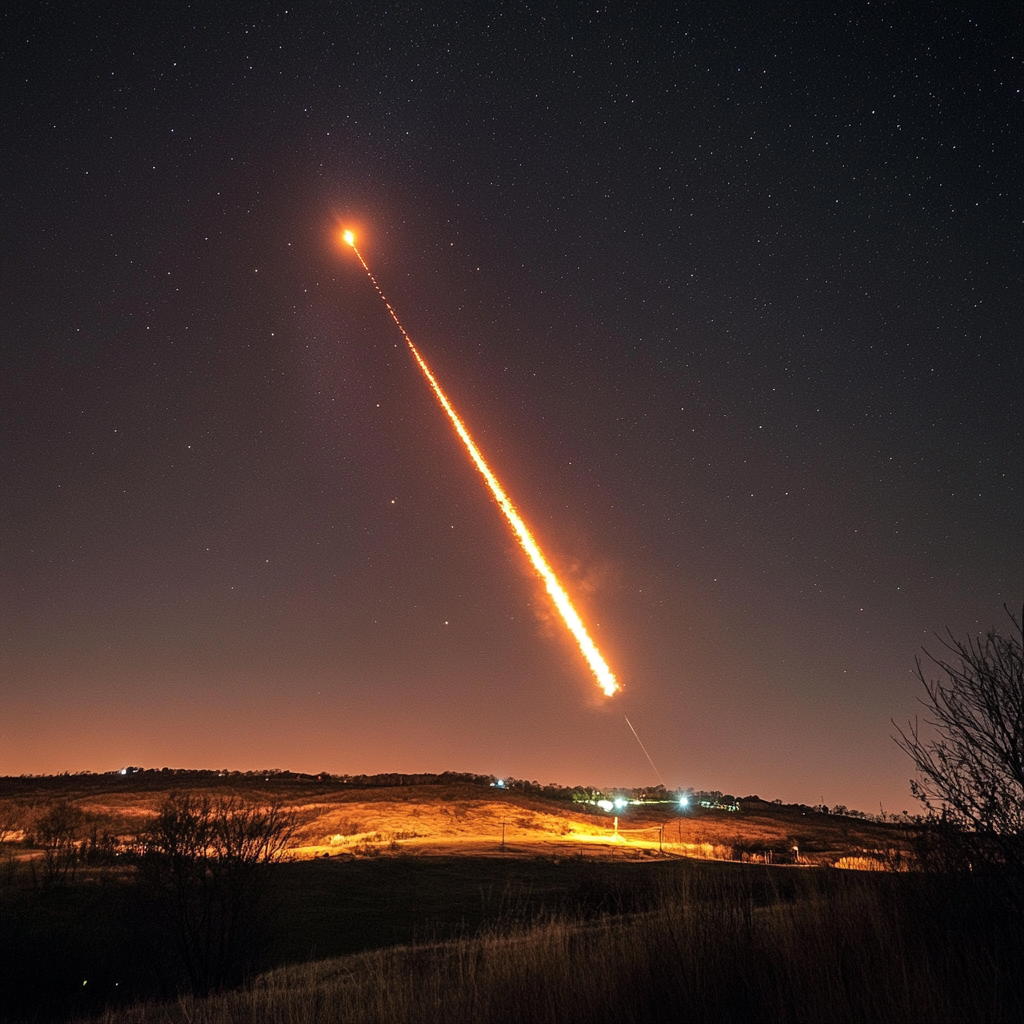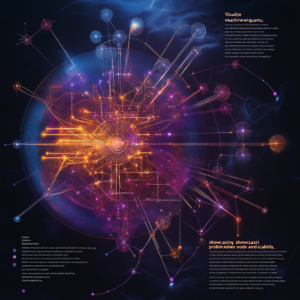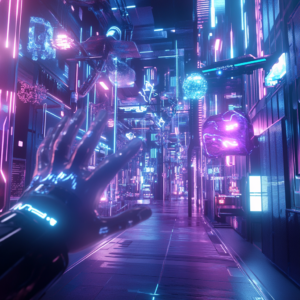
Starlink Satellite Reenters Atmosphere, Creating Spectacular Fireball Over US (Video)
A Starlink Satellite Takes Its Final Bow: Heaven’s Fireball Over the United States
On a recent weekend, the vast expanse of the night sky above the United States transformed into an awe-inspiring canvas of flickering lights, drawing the gasps of starry-eyed spectators scattered across the land. No, this wasn’t a whimsical meteor shower or an unexpected alien visitation; it was the glittering demise of a SpaceX Starlink satellite, a celestial fireball giving its last performance as it descended towards Earth.
Now, let’s set the stage. The fallen star in question, designated Starlink 4682, was one of the many satellites launched in 2022 with grand aspirations of delivering internet access to every little nook and cranny of the globe. But alas, every good thing must come to an end, and our bright little star embarked on its planned retirement, de-orbiting gracefully in a bid to reduce the chaos of space debris that threatens to envelope our planet like a neglected landfill.
Picture this: just as the clock nudged past 10 p.m. on a Saturday night, the satellite initiated its death plunge, sweeping across the heavens like a cinematic firefight scene, tracing a blazing line from the Evergreen state of Washington to the sun-kissed plains of Texas. In a mere four minutes, onlookers in Colorado, Kansas, Texas, and Oklahoma rubbed their eyes in disbelief as a series of radiant fragments danced across the sky, lighting up the night with a brilliance that stirred the heart and sparked the imagination.
Naturally, this celestial event ignited a wave of reactions that ranged from sheer wonder to perplexed speculation. Lori Kinard, a witness from North Texas, caught the whole episode on video, and her posts on Facebook became a hotbed of wild hypotheses. Aliens? Transforming robots? Meteor showers? The fervor echoed the childlike curiosity that bubbles within us all, as folks relentlessly tried to decipher this twinkling enigma that pierced the darkness.
But fret not! The mystery of this fireball was elegantly untangled by Jonathan McDowell, an astronomer and all-around orbital debris expert. With the precision of a seasoned storyteller, McDowell assured the curious crowds that what they were witnessing wasn’t just space magic—it was indeed a Starlink satellite making its dramatic exit. He pointed out that unlike meteors that zip through the cosmos with a swift elegance, the satellite’s slow-motion descent, with its shimmering pieces breaking off, signified its artificial lineage. More astonishing still, re-entries like this are becoming the norm now, as McDowell documented that these once-rarer cosmic swan songs are now happening at a rate of one every day.
Such occurrences have triggered dialogues that echo beyond the thrill of witnessing a celestial firework show. McDowell also raised a finger to the potential environmental ramifications of these de-orbiting technology relics. “It seems like we’re turning the upper atmosphere into an incinerator for our discarded tech,” he noted, provoking thoughts about the long-term effects of such practices. It’s a sobering notion, considering that every piece of old tech that tumbles back down carries with it the weight of implications for our fragile atmosphere.
Now, for a quick peek beneath the surface and into the science behind this grand exit. SpaceX has crafted its Starlink satellites with a burning passion—literally! Designed to incinerate completely upon re-entry, these futuristic devices leave little to chance when it comes to ensuring that they don’t crash down and add to the litter of our planet’s surface. The nocturnal showcase that attracted an audience comprised of casual gazers and avid star-chasers alike was particularly striking due to the time of the spectacle and its trajectory across densely populated areas of the U.S. Forget about the allure of the stage; the night sky had turned into a packed auditorium with the sun setting on one of its performers—an ode to the wonders of technology.
Reflecting on this dazzling event, we’re reminded that as long as the endeavors of SpaceX continue and progress within the realm of satellite technology marches forth, these skyward light shows will likely become a common occurrence. Imagine being able to share a line of glowing distillations lighting up the night sky—a symphony of light for all to witness. The invitation is wide open for enthusiastic observers, beckoning them to embrace the thrill of the cosmos as it plays out right before our very eyes.
While the tale of Starlink 4682 may have concluded, its legacy will undoubtedly inspire future generations of sky-gazers and tech-savvy dreamers. To those of you inspired by this spectacle and yearning for more cosmic updates, let me extend a friendly nudge your way:
Want to stay up to date with the latest news on neural networks and automation? Subscribe to our Telegram channel: @channel_neirotoken
Let’s keep our eyes to the sky and our minds open to the cosmos. There’s a universe of wonder that awaits, and with the right literacy in the language of the stars, the next fireball won’t just be a fleeting moment. It will be a vivid memory woven into the fabric of our shared human experience. Keep looking up!

